The scene stunned me.
There were women curled in a semi foetal position, while others stared fixedly into an abyss, as if the void held answers to unasked questions. Feathery scars lined their arms, proclaiming their self-harm and self-loathing to an indifferent world.
Then there were the hyperactive, the ones who emerged from side rooms like a human tide when I entered, assuming that, since I could walk in and walk out, I must have power. “Miss! ” They shouted. “Look, I have no place to keep anything. Miss!” Their voices, and their desperation, pinned me.
A psychiatric unit? No, this was service provision for society’s most vulnerable women: Cornton Vale prison.
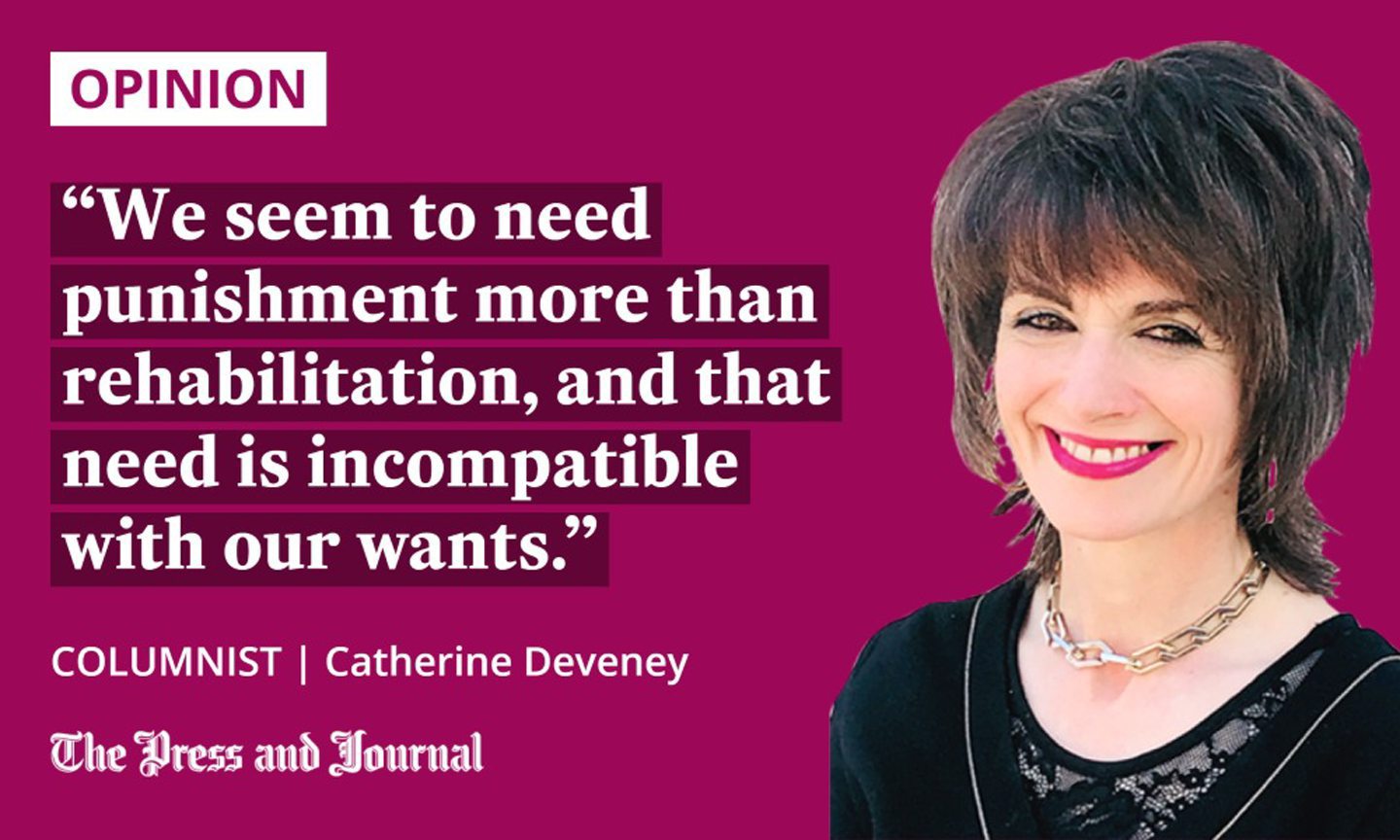
That was 10 years ago, just as Scotland’s female prisons were put under the microscope by the Angiolini Commission, which recommended the fundamental changes that the Scottish Prison Service is now implementing.
While a new national unit for complex cases will replace Cornton Vale, most female prisoners will, in future, be placed in one of two new units. The first, the Bella Centre, has just been completed in Dundee, and will allow women to live in supported accommodation, developing a range of skills to help them reintegrate into the community. Not before time.
Female prisoners are the most vulnerable women
Ironically, the completion of Scotland’s Bella Centre coincides with the Conservative-led justice select committee report that, in England, there has been a complete failure to find alternatives to custody for women. Their female prison population looks set to rise by a third. Yet, as soon as you enter a women’s prison, you understand why Scotland’s new approach to female prisoners is both necessary and overdue.
The majority have been abused, are suffering from drug addiction, or – quite visibly – have mental health problems. Governors and wardens back then acknowledged that the female prison population was inappropriately high. Women were being disproportionately punished for minor offences – partly, it was suggested, based on the notion that a “bad” woman is worse than a “bad” man.
It’s true that male offending is also often rooted in emotional and social difficulties: poverty, abuse, illiteracy. But, for women, the statistics are even more stark.
Shoplifting accounts for the majority of female offences – along with that most heinous of crimes, non-payment of TV licences
According to the Scottish Government’s Strategy for Women in Custody 2021-25, 85% of female prisoners had been abused as children, and 92% had experienced traumatic adult events, such as domestic abuse. As a result, 61% were suffering from PTSD.
Most female prisoners were clearly in the wrong place. Government statistics show that over 80% of violent crime is perpetrated by men, but women are more likely to be locked up for antisocial crime: being drunk and disorderly, taking drugs, or stealing.
In fact, shoplifting accounts for the majority of female offences – along with that most heinous of crimes, non-payment of TV licences. Male prisoners are the most violent men in society; female prisoners are the most vulnerable women.
Rehabilitation over punishment
It was much harder, male prison officers at Cornton Vale insisted, to work in female prisons than male ones. Women were reactionary, got caught up in criminality as a result of chaotic lives – often driven by men. They were emotionally needy. They told you their problems, whether you wanted to hear them or not.
In a male prison, you told a prisoner: “You’re moving, son.” In a female prison, you worried about their friendships and support structures, their feelings and reactions. “You find yourself driving home thinking: ‘Did I do the right thing?'” One male warden told me.
Sadly, many mentally ill women currently end up in prison because there is nowhere else for them to go. That good old Thatcherite policy of Care in the Community? Fine, except the community doesn’t care much.
“We used to live in communities,” one governor told me, “and they dealt with some of the behaviours we now see in prison. People are less tolerant now. They don’t have time to spend and they don’t want to.”
We want crime – and public spending – to miraculously fall. But we seem to need punishment more than rehabilitation, and that need is incompatible with our wants.
Financing traditional women’s prisons is a waste
The Bella Centre at last recognises the need to create new lives for prisoners. “What do you miss most about your life?” I asked one woman at Cornton Vale. She looked startled. “Nothing,” she answered eventually. “It was shit.”
The UK Government, is spending more money than ever on traditional female prisons – a sinkhole if ever there was one. In Scotland, the second “custody in the community centre”, the Lilias Centre, will open in Glasgow later this year.
Perhaps, eventually, a progressive approach can be taken with some male prisoners who might benefit. But, right now, the priority must be women, because of the low risk they pose to society and the complete lack of justifiable rationale for imprisoning them.
The days of locking up mentally ill women for drowning their sorrows in the street, or stealing the equivalent of a Mars Bar, are hopefully over.
- Editor’s note: The maximum penalty for TV licence payment evasion is a fine. If someone fails to pay a court fine, courts may impose a custodial sentence as a last resort
Catherine Deveney is an award-winning investigative journalist, novelist and television presenter
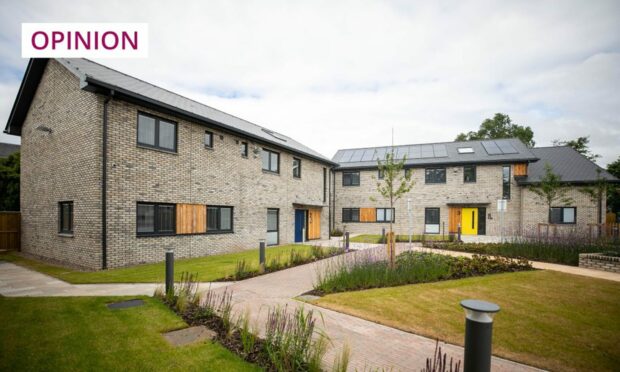
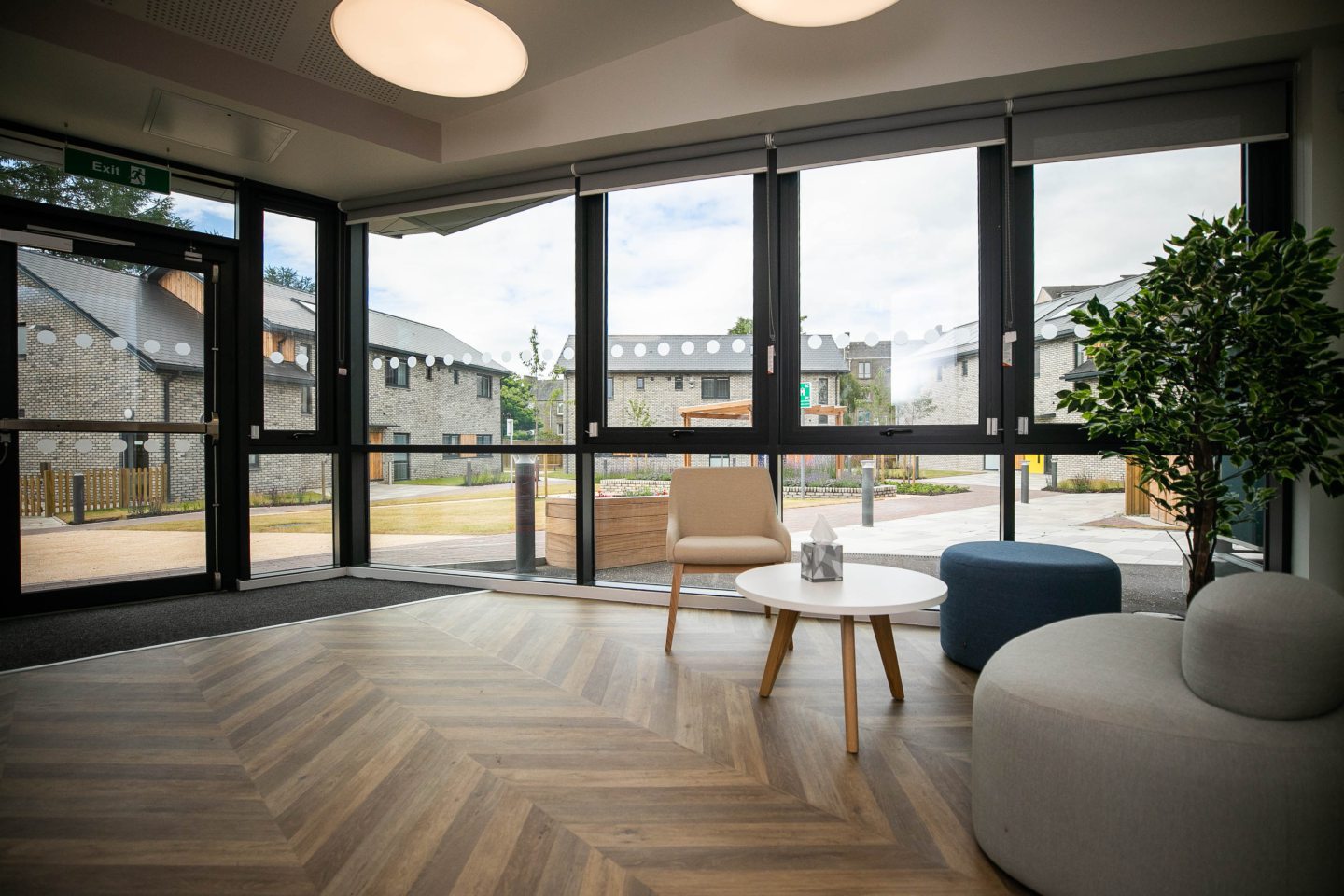
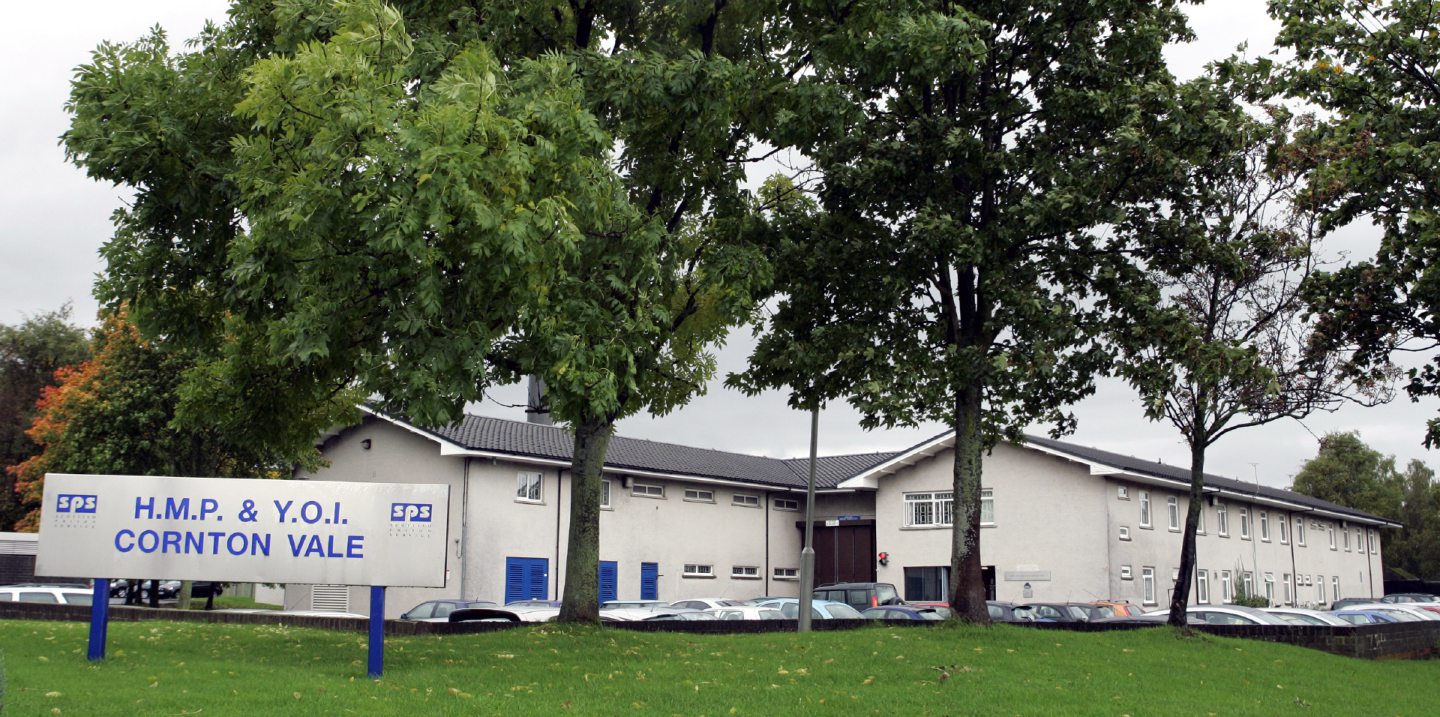
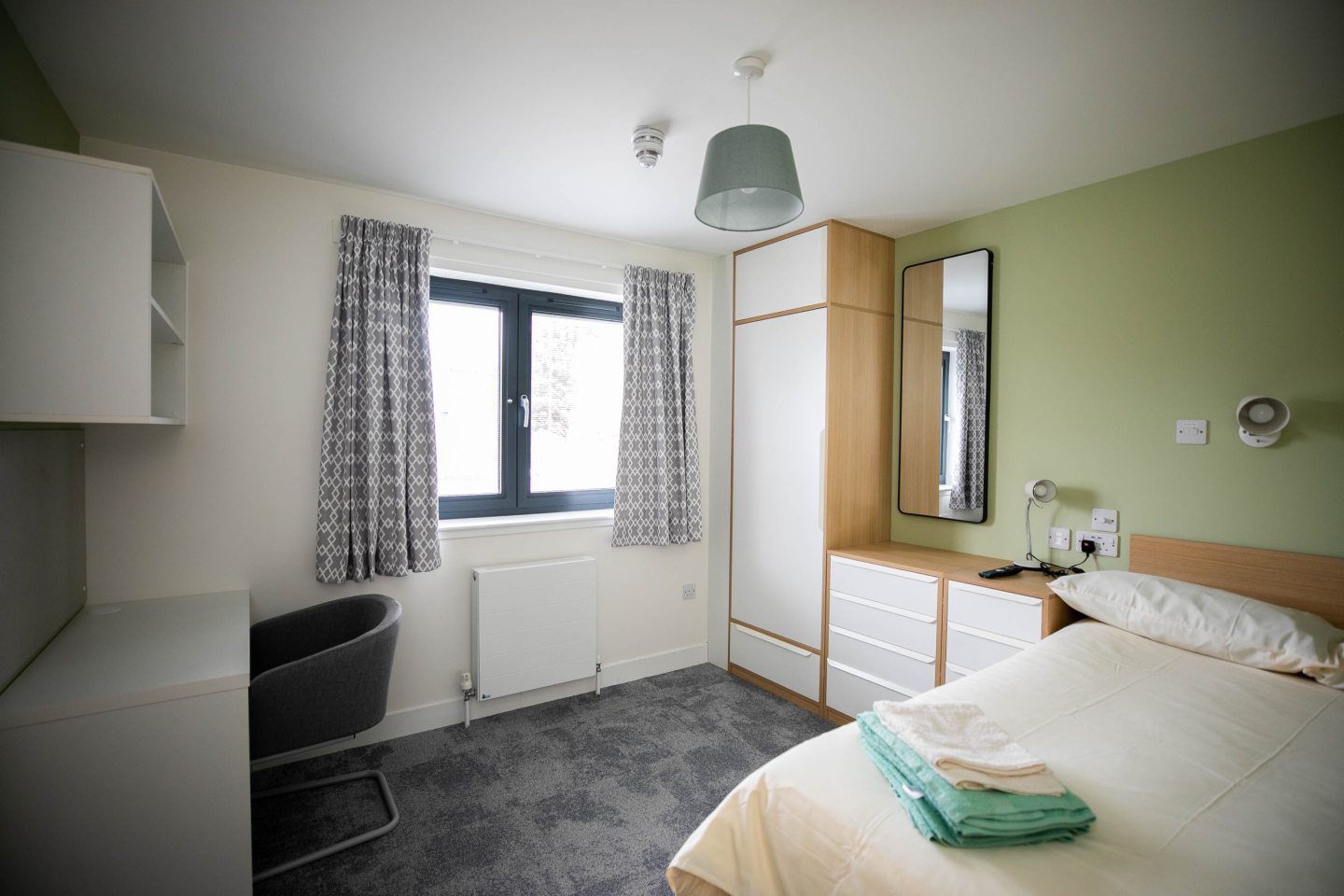




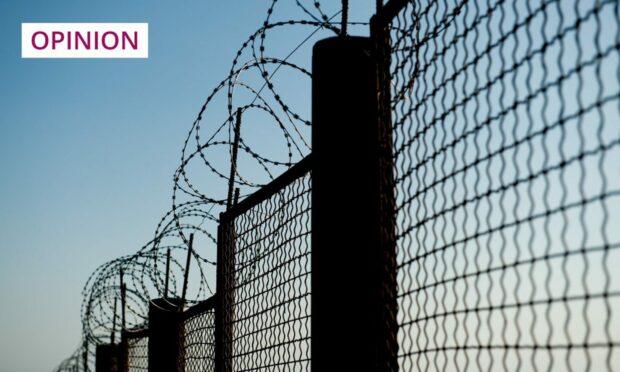

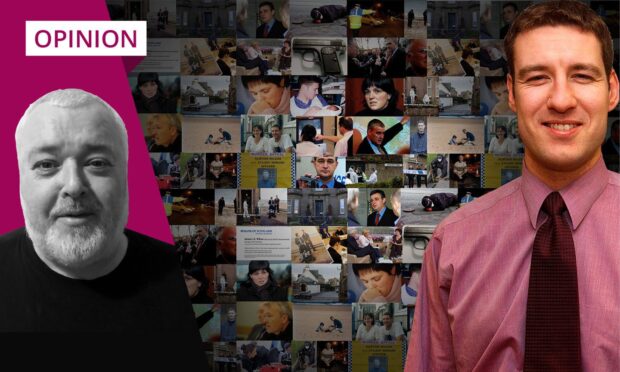

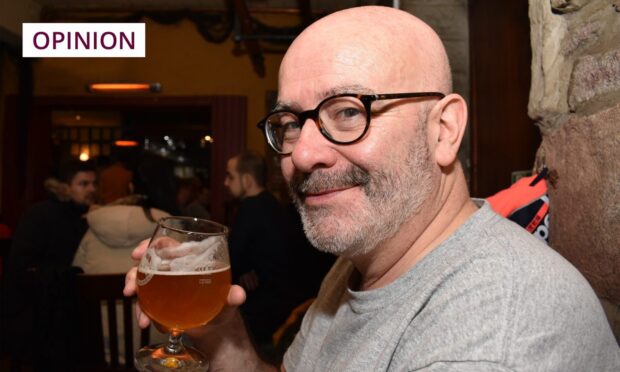



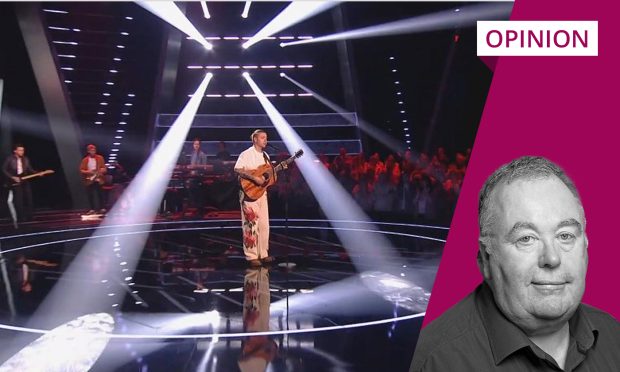
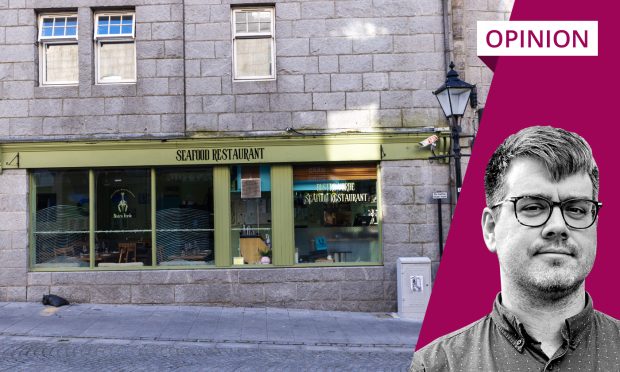
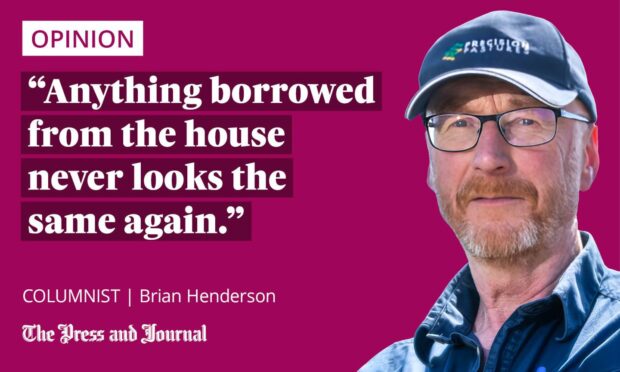
Conversation